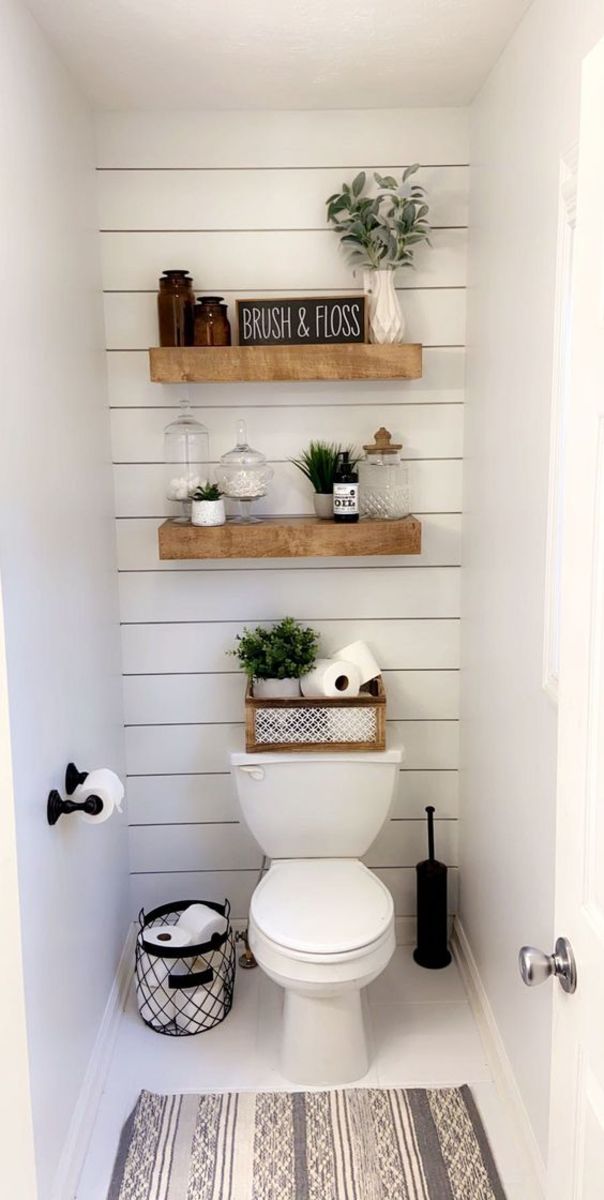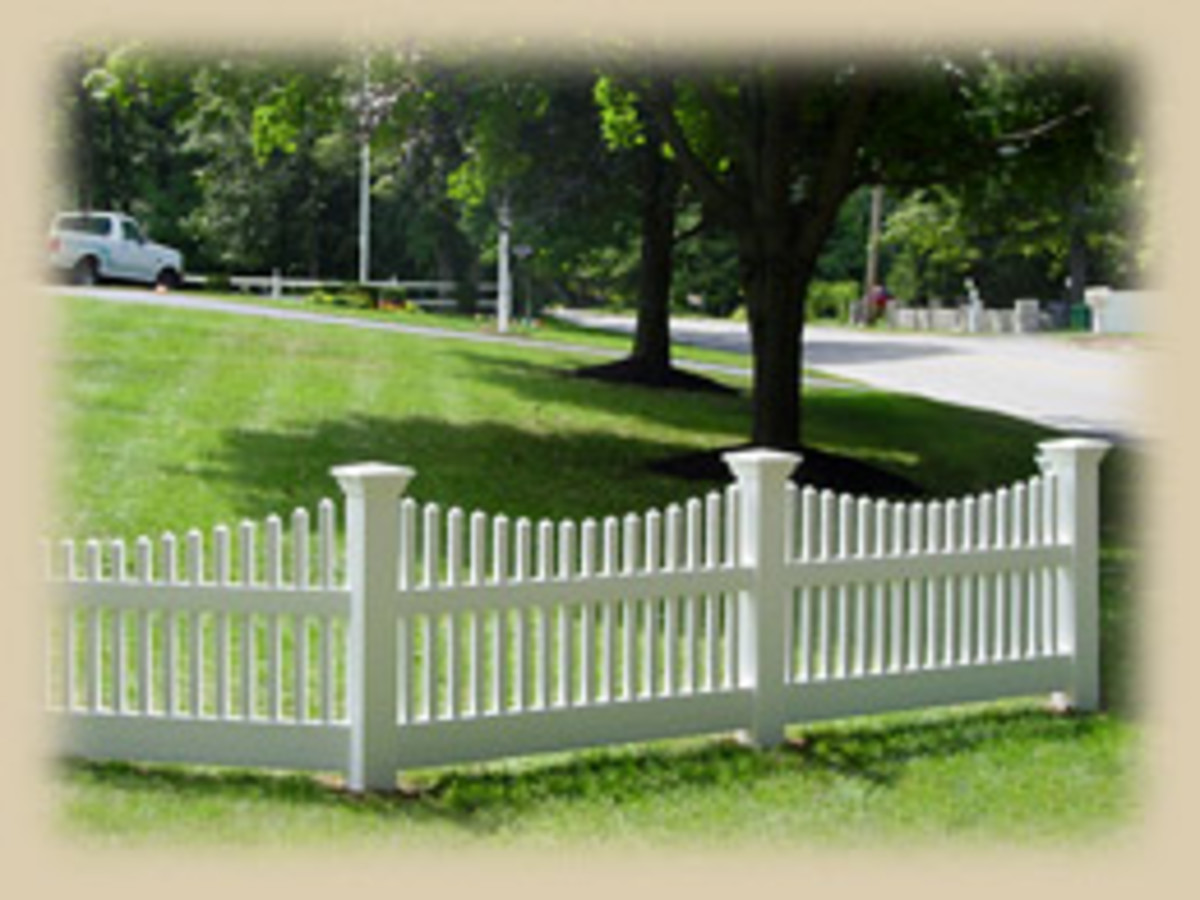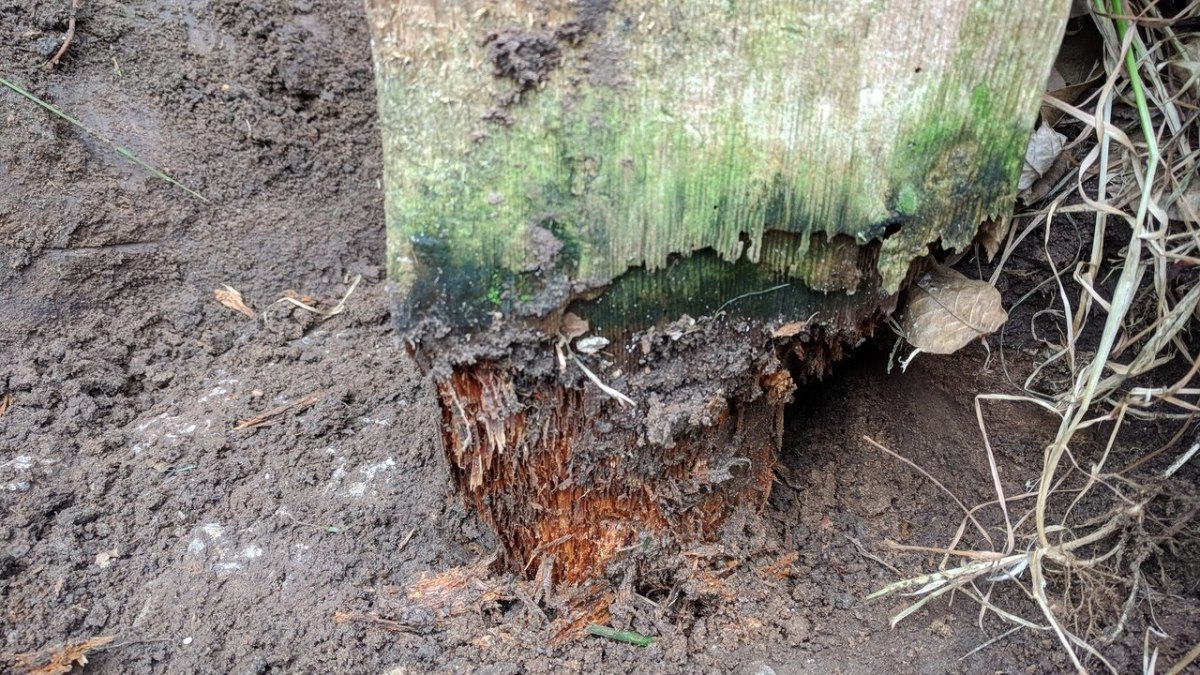How to Maintain a Hardwood Floor - By Finish Type
Hardwood Floors
Originally, a hardwood floor was an integral part of the structure of the house. The wood making up the floor was always installed at right angles to the underlying joists. This arrangement made for a very strong structure, but was often drafty as the original floor had no "underlayment."
More modern floors are installed for looks, not structural integrity, and for that reason they are not the cause of uncomfortable air drafts moving through the living area. The underlayment may be a "sandwich" of materials with the planking laying on top of the layers.
Layers typically consist of a cement foundation, moisture barrier / sound deadening foam, a layer of high quality ply-wood, and finally the floor.
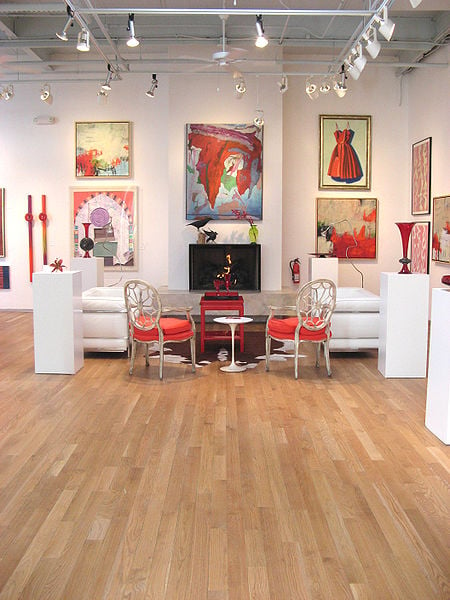
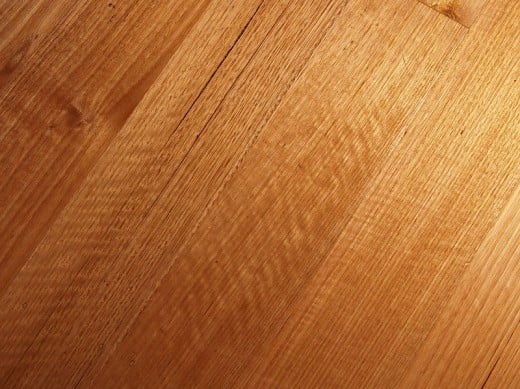
Plank or Strip
When referring to the board that makes up
the floor you will hear the terms plank or strip. A strip of wood is a
long board that is two and a half (or less) inches wide. A plank is any
board that is more than two and a half inches wide.
Wood Species
Hardwood
floors are made of a number of different species. These include the
traditional woods and even some newer materials that are not really
wood.
This includes oak, ash (common material for baseball bats), walnut, beech, birch, cherry, hickory, chestnut, maple, and pecan. Bamboo, my personal favorite, is another type of flooring material, but unlike the aforementioned, bamboo is not wood; it is a grass.
The good news is that all these species take the same care as any other. The difference is in the type of finish, not the wood itself.
Oil or Urethane
The two primary types of finish on a hardwood floor are natural, so to speak, and chemical.
Oil, an older form of finish, will usually consist of either linseed or tung oils. It could also be shellac or lacquer.
Urethane is a "modern" finish for floors and it's relatively easy to determine whether you have this finish or not.
Determining the Finish
The best way to determine the finish type is pretty simple.
Put a drop of water on the floor and leave it undisturbed for about ten minutes. If the water has evaporated without leaving a mark chances are you have a modern finish such as urethane. If there's a dark spot where the water was then chances are good you have an oil finish.
Another way to tell is to run your finger over a spot on the floor. If this leaves a smudge then you likely have an oil finish; if not it's likely a modern finish.
Cleaning a Urethane Floor
The best way to clean a urethane floor with a dust-mop followed by a wet-mop.
Assuming you've already dusted you want the wet mop to be about as dry as possible. If a simple mopping doesn't fix the problem then it's likely not dirt at all; your floor probably needs a new finish applied.
This is not bad news by the way. Scuffing the floor slightly and painting on a new finish is not difficult at all and will give you fabulous results.
Cleaning an Oil Finish Floor
Oil finish floors need a little more tender loving care than urethane, or other modern, finishes.
As with the urethane floor above, dust-mop first to get as much of the grit and dirt off of the floor as possible.
Next, fill a bucket with eight gallons of water, and add 1/4 Cup of oil soap to the water. Mix well. As with the urethane finish, mop with as dry a dampened mop as possible. Let the surface dry and enjoy. No rinsing is required with this soap.
The best brand for this has an Irish name with the words "oil soap" along with the name. Since I'm not allowed to tout products directly in my hub I'll let you figure out the brand from the hints above. I will say this cleaning compound has been around for more than a century and it's still likely the best choice for a "natural" finish floor.
Getting Rid of Stains
You can only get rid of stains on an oil or shellac finished floor. Stains in urethane mean a complete floor refinishing is in order.
Stains don't have to be a big problem.
There are a
number of products out there now that do a halfway decent job of what
used to be impossible. They are costly though and designed to deal with one
particular kind of stain only. Rather than spend money unnecessarily on specialized cleaners, try the methods below.
First, you
should try a good wood cleaner. (see above) Most makers of stain and urethane also
make wood floor cleaners. This way you can tell genuine stains from
just plain dirt.
Is it a Stain or Dirt?
If it's a stain on a urethane finish floor you've got a problem. Urethane is a surface sealer and a good one at that. If you have a stain under that something got past the urethane. Not good!
It's time to seal the floor again. This not that daunting though, putting a new coat of urethane on a floor is pretty easy, involves light abrasives (like a green scrubbing pad), a paint brush, and urethane.
Identify the Stain
Assuming you have an oil finish floor try to identify what made the stain. There are different treatment options
for different types of stain. The good news here is they are all cheap
"home-remedy" solutions. These are, by stain type:
- Water
Marks:
Try rubbing the area with vegetable oil and then wipe dry. - White
Marks:
Make a paste of ash (from your grill) and vegetable oil. Rub this on the mark until it disappears then wipe dry. - Alcohol
or Milk:
Rub the stain with rottenstone (a very find powder from rock; also known as tripoli), followed by a damp cloth then dry cloth rubdown. - Light
burns:
Cigarette burns for example. Rub with rottenstone and/or linseed oil, along the grain, until the burn disappears. Linseed oil will blend into the wood and harden. - Mildew:
Dry the area as much as possible and then wash the area with washing soda or trisodium phosphate (a common laundry detergent additive). Once clean, dry immediately.If the floor is still wet, the reason for the mildew, dry with a portable heater or infrared heat lamp at a safe distance...about two to three feet. - Other Stains:
Try a rubdown with mineral spirits on a rag. Do not pour mineral spirits directly on the floor. Apply to a rag and then the rag to the stain. Whether this removes the stain or not follow up with a clean dry rag to remove the mineral spirits. Mineral spirits will also evaporate over time.
If none of these methods work the stain is likely very deep and you may consider replacing the offending plank or completely refinishing the floor.
Either way, this could be a very expensive proposition.
Floor refinishing is no small task and replacing planks with knot free wood (which is very hard to find these days) can also set you back more than a few bucks.
Of course, you'll also have to determine what type of wood you are replacing to get the right match.
Fixing Sqeeks
Sometimes the floorboards expand with time and start rubbing together. There are two easy fixes one of which lasts considerably longer. Of course this is my recommended method of stopping squeaks.
One method is to put a small amount of oil on the offending area, let it soak in, between the planks, and wipe up any excess. Of course this assumes you know exactly where the squeak is.
The other method lasts longer and is easier. Talcum powder is slippery enough to stop squeaks and fine enough to get down between the planks (or strips); thus eliminating the squeak. Best of all it lasts a long time.
Simply sprinkles some babypowder in the general area of the offending squeak and, using a broom, gently work the powder around until it's worked it's way down between the planks. Try walking on the area and see if it cures that offending squeak.
Sweep up any leftover powder.
Why Hardwood over Carpet
Frankly speaking, it is almost impossible to get every last bit of dirt or other contaminants out of carpet. Worse, the latest research on viruses and other pathogens demonstrate that "soft surfaces" retain these biologic agents when hard surfaces wont.
Hardwood flooring, on the other hand, is much easier to clean completely. Dusting followed by a water based mopping will remove over 99% of dirt and other contaminants. Further, wood seems to have a "built-in" barrier against biologic contaminants. This was borne out by research on plastic and wooden cutting surfaces. Wood demonstrated a pathogen hostile environment.

